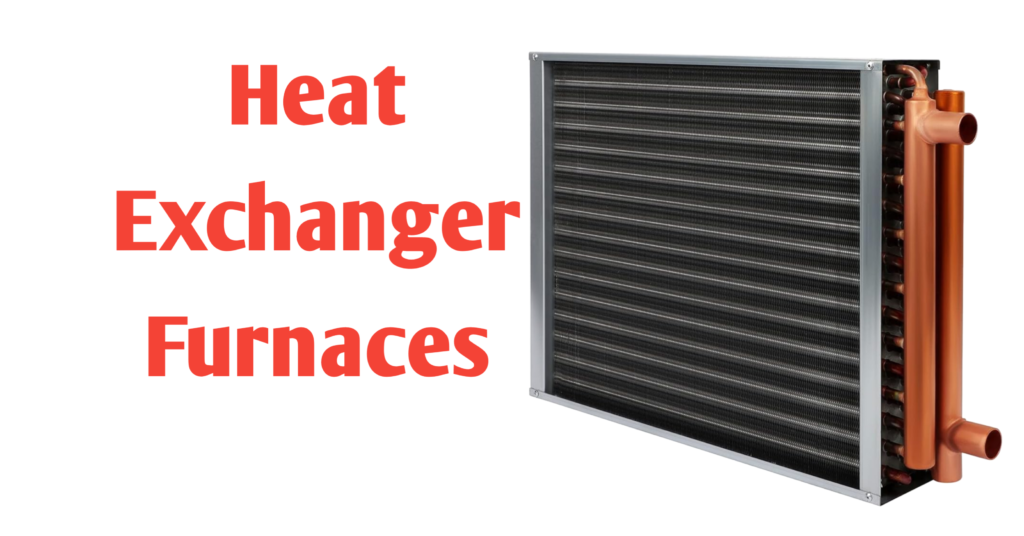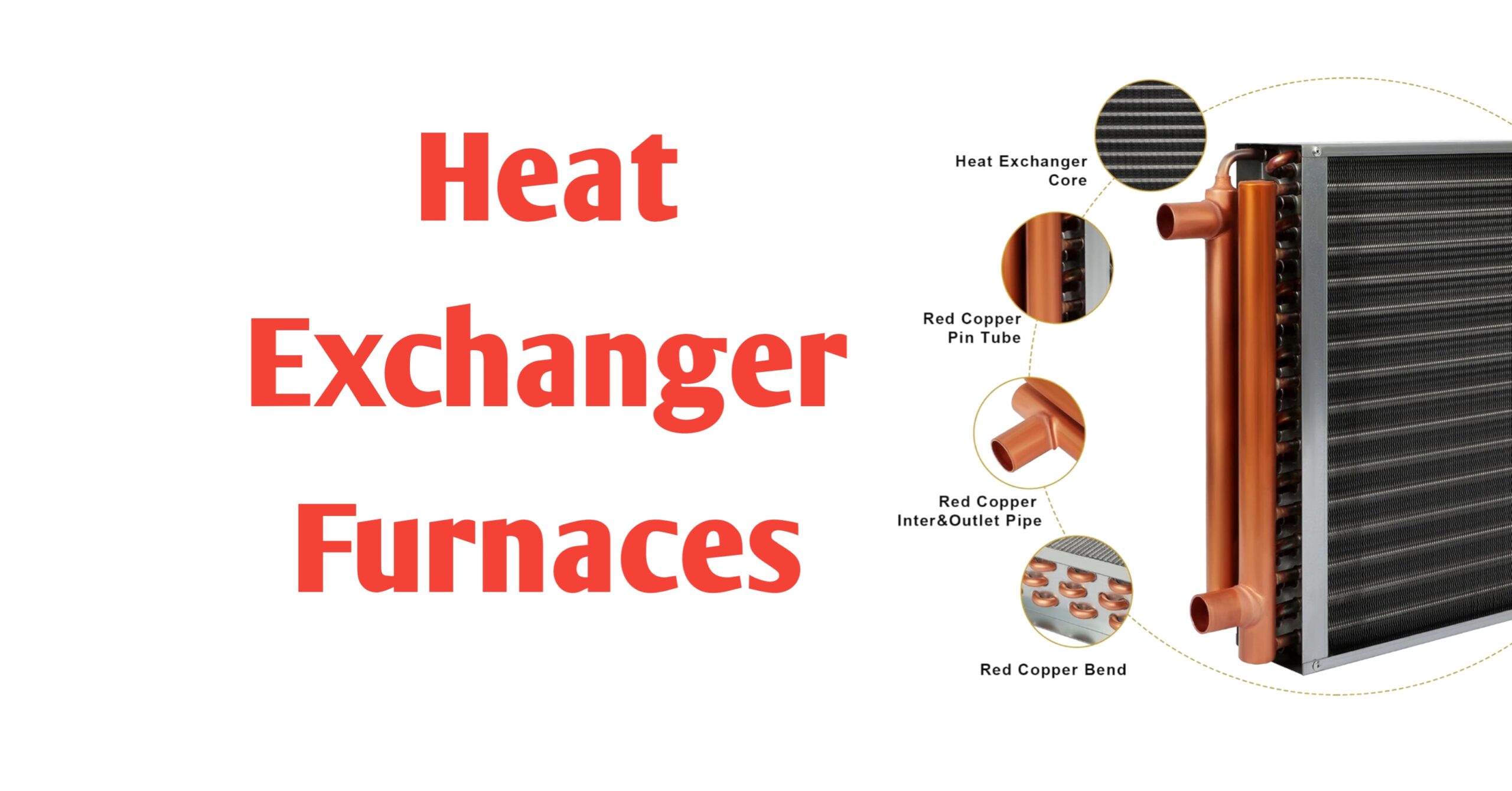Introduction:
The significance of effective heating systems becomes obvious as the temperatures drop and the chill of winter sets in. Heat exchanger furnaces stand out among the numerous heating options as the essential component of comfort and warmth in our homes.
We will go inside the inner workings, advantages, and considerations of heat exchanger furnaces in this thorough investigation, revealing the magic that makes them the foundation of contemporary heating systems.
Understanding Heat Exchanger Furnaces:

The core of forced-air heating systems, a heat exchanger furnace offers the promise of pleasant interiors during the coldest months. Its main objective is to produce warm air and effectively distribute it throughout a building to provide a welcoming environment for its residents.
Inner workings:
The heat exchanger, which gets its name from this part, is the heart of a heat exchanger furnace. This clever technology makes it easier for thermal energy to be transferred from a fuel source typically natural gas or oil—to the air that circulates inside the system. The process begins with the fuel supply being ignited, which produces a controlled flame inside the combustion chamber. The heat exchanger’s walls are heated by the dancing flame. These steel walls are designed to effectively conduct heat.
Your living space’s cold air is sucked into the furnace. The air warms up significantly as it passes over the exchanger’s heated walls due to the temperature differential. The freshly heated air is then launched into the ductwork, where it travels via vents to every room in your house. Each room is bathed in comfort thanks to this steady breeze.
Efficiency Matters:
The unmatched efficiency of heat exchanger furnaces is one of the main factors influencing their widespread use. The construction of these furnaces ensures that the air pumped inside is kept separate from the exhaust gases and combustion process. Heat exchanger furnaces are an economical and responsible option since they minimize the discharge of toxic byproducts and maximize the use of the heat produced.
Benefits of Heat Exchanger Furnaces:
Energy Efficiency: Heat exchanger furnaces are designed with efficiency in mind. By capturing and transferring as much heat as possible, they minimize energy wastage and contribute to lower utility bills.
Consistent Comfort: Say goodbye to chilly spots and uneven heating. Heat exchanger furnaces distribute warm air evenly, creating a cozy ambiance throughout your living spaces.
Indoor Air Quality: The separation of combustion processes from indoor air guarantees improved indoor air quality. You can breathe easier knowing that harmful gases are kept at bay.
Heat exchanger furnace advantages include:
Heat exchanger furnaces are built with energy efficiency in mind. They reduce energy waste and help to lower utility bills by catching and transferring as much heat as they can. Say goodbye to uneven heating and frigid patches with consistent comfort. Heat exchanger furnaces effectively disperse warm air throughout your living spaces to create a cozy atmosphere.
Indoor Air Quality: A better indoor air quality is assured by separating combustion processes from indoor air. Knowing that dangerous gases are kept at bay makes breathing easier.
Safety first: Heat exchanger furnaces meet this requirement. Because of its sealed combustion construction, there are fewer chances of gas leaks and possible fire concerns.
Longevity: Compared to other heating systems, heat exchanger furnaces can operate for a longer period of time with adequate maintenance. This means that the warmth will be dependable for many winters to come.
Considerations and Maintenance: Regular maintenance is necessary to guarantee the effectiveness and safety of your heat exchanger furnace. It is essential to have a qualified technician perform an annual inspection, cleaning, and service. Additionally, to avoid overheating and maintain peak performance, sufficient ventilation and unimpeded airflow around the furnace are essential.
Conclusion:
Heat exchanger furnaces embody the pinnacle of modern heating technology. With their ability to transform fuel into warmth while prioritizing energy efficiency and safety, they truly are the heart of efficient heating systems. By gaining insight into their inner workings and the array of benefits they offer, homeowners can make informed choices when selecting a heating solution for their spaces. As the trusted source of consistent comfort during the frosty months, heat exchanger furnaces keep our homes cozy, exemplifying their status as the heart of efficient heating systems.
In summary, heat exchanger furnaces represent the apex of contemporary heating technology. They are the core of effective heating systems because they convert fuel into heat while putting energy economy and safety first. Homeowners may choose a heating solution for their homes with confidence by learning more about their inner workings and the variety of advantages they provide. Heat exchanger furnaces keep our homes warm during the chilly months, demonstrating their role as the core of effective heating systems. They are a dependable source of consistent comfort.
Read Also
Mechanical maintenance engineer roles and responsibilities
What are the internals in distillation column
What are the internals of a distillation column?
Types of Work Permit | Hot Work Permit | Cold Work Permit
